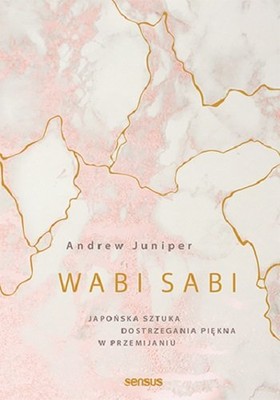
“No man ever steps in the same river twice, for its not the same river and he’s not the same man.”

This is linked to impermanence, like everything around us, we are always in a state of flux. So instead of studying suffering and trying to analyze what effects it has on our lives, and understand it’s part of life, and avoiding it, we actually create more suffering for ourselves. It’s natural that we don’t want to suffer and we don’t want others to suffer. We spend a lot of time trying to avoid suffering, trying to push it away and not experience it. Is a necessary part of life, suffering makes us realize that each moment of happiness is special.īuddhists would say because we exist, we also suffer. With these festivals the Japanese people really do embrace the impermanence, but also celebrate it.

This beautiful red, orange, and yellow leaves only last for a few weeks then fall to the earth. In Autumn the changing of the leaves is beautiful and people will follow the changing leaves from the north of Japan to the south, basically, leaf chasers, trying to make the experience just last a little bit longer. The beautiful shapes explode and spread across the sky with the spectators gasping with amazement, but they are fleeting then are gone. Japanese firework displays are one of the best in the World, they are also very innovative thinking about new shapes and use of colors.

In the Summer there are many festivals, but the fireworks display (Hanabi) is one of the most spectacular. Hanami is looked forward to and enjoyed, but the cherry blossoms in full blossom only last about 7 days, so there is a hint of sadness that this beautiful scene is brief and the petals will fall. People enjoy having Hanami parties/picnics with their friends/family and work colleagues under the cherry blossom canopy. In Japan this can be seen in Japanese festivals, the Japanese love celebrating the seasons, in the spring cherry blossom viewing (Hanami), is when people walk around parks, riversides to look at the stunning views of the pink cherry blossom. The acceptance that as life moves forward so does everything within it, so the good and bad creates its own beauty. Nothing stays the same as everything is subject to change. Lets give you some more details on these three. Wabi – Sabi can be traced back to the Buddhist teachings of the Three Marks of Existence. It’s embracing the simple things and finding beauty in imperfection.

So combining the two concepts, Wabi-Sabi could be said to be a state of mindfulness, living in the now and finding satisfaction in our lives.


 0 kommentar(er)
0 kommentar(er)
